Following the agreement between Israel and Hamas for a ceasefire in Gaza as per the peace plan proposed by the US President Donald Trump, all eyes are now on when the Israeli military strikes will stop on the Strip. The two side, though, have taken a significant step towards ending weeks of fighting, striking a preliminary US-brokered deal to pause hostilities—though the hard work of implementation still lies ahead.
Israeli Prime Minister Benjamin Netanyahu is set to gather his cabinet today, where the government will decide whether to formally ratify the agreement.
If approved, Israeli law allows for a brief period during which petitions may be filed to contest the prisoner release portion of the deal—a critical hurdle that must be cleared before any further moves can be made. Only then can the process begin to free Palestinian prisoners and detainees, paving the way for a hostage release that President Donald Trump suggests could be underway as soon as Monday.
Earlier, some Arab media outlets claimed that Netanyahu’s office on Thursday declared stopping attacks on Gaza. But the Israeli prime minister’s office later clarified that the first phase of the deal would go into effect after the Cabinet approves the Gaza ceasefire deal it reached with Hamas.
“Contrary to Arab media reports, the 72-hour countdown will begin only after the agreement is approved in the cabinet meeting, which is expected in the evening hours,” Netanyahu’s office said in a statement.
A welcome deal to halt, if not end, the Gaza war
Israel has welcomed its deal with Hamas over the Gaza ceasefire, under which all the hostages will be freed. Israelis and Palestinians alike rejoiced on Thursday after US President Donald Trump announced that both the warring parties reached a deal during indirect negotiations in Egypt.
Israeli hostages may be released as early as Saturday under a US plan to end the war in Gaza, and the country’s military will complete the first part of a partial withdrawal from the enclave within 24 hours of the deal being signed, a source told Reuters.
Impact Shorts
More ShortsThe accord, if fully implemented, would bring the two sides closer than any previous effort to halt a war that had evolved into a regional conflict, drawing in countries such as Iran, Yemen and Lebanon.
What else in the Gaza peace plan
Further down the line, Trump’s plan also calls for the disarmament of Hamas and for Gaza to be ruled by a transitional authority headed by the US president himself, though this point has yet to be addressed.
The announcement sparked waves of joy in Gaza, much of which has been flattened by bombardment and most of whose residents have been displaced at least once over the past two years.
“Honestly, when I heard the news, I couldn’t hold back. Tears of joy flowed. Two years of bombing, terror, destruction, loss, humiliation, and the constant feeling that we could die at any moment,” displaced Palestinian Samer Joudeh told AFP.
“Now, we finally feel like we’re getting a moment of respite.”
In Khan Yunis in the south of the Gaza Strip, young people sang, danced and clapped, AFP footage showed.
There are still 48 hostages being held, 20 of whom are believed to be alive.
Most of those freed so far were released in exchange for Palestinian prisoners during two ceasefires, one in November 2023 and a second in early 2025. Others have been rescued by Israeli forces during the course of the war.
Israeli forces have retrieved fifty-nine bodies of hostages, either killed before they were taken to Gaza or died in captivity, killed by their captors or in Israeli strikes.
(With inputs from agencies)


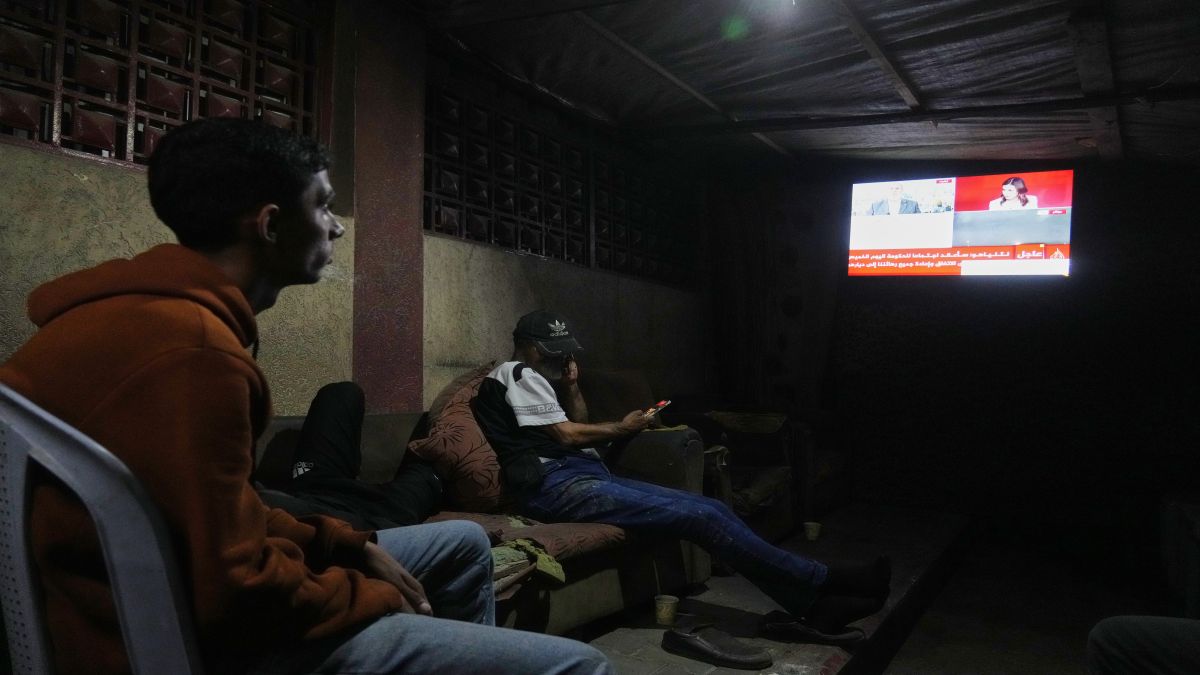)
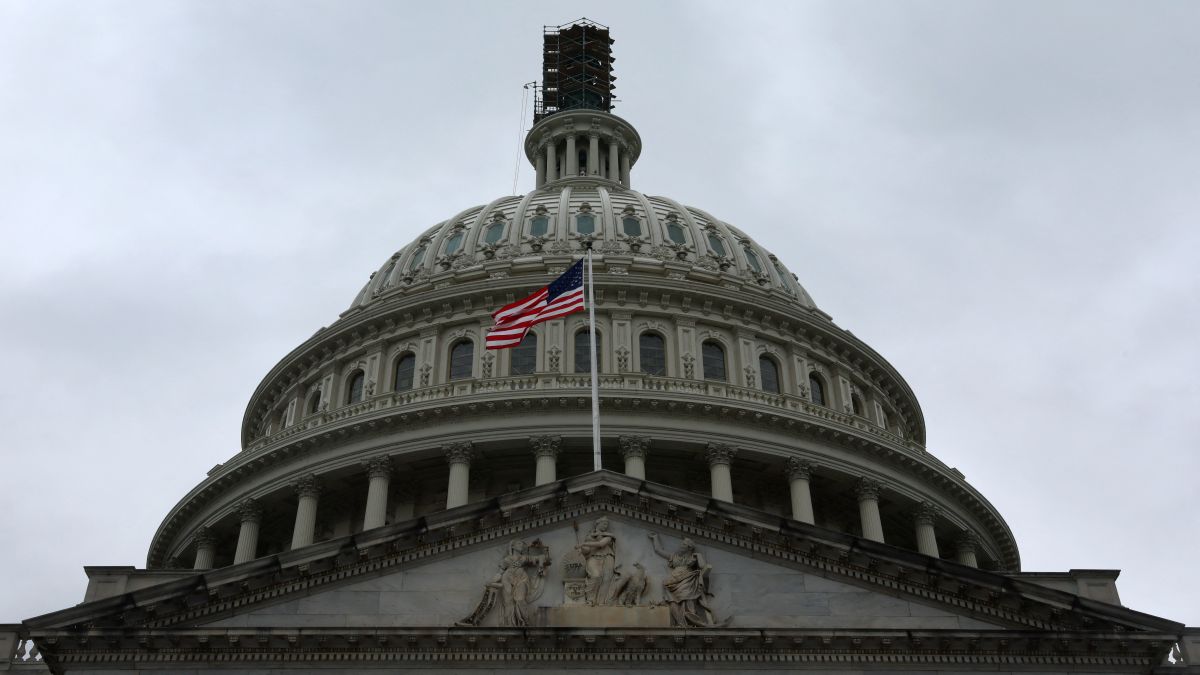
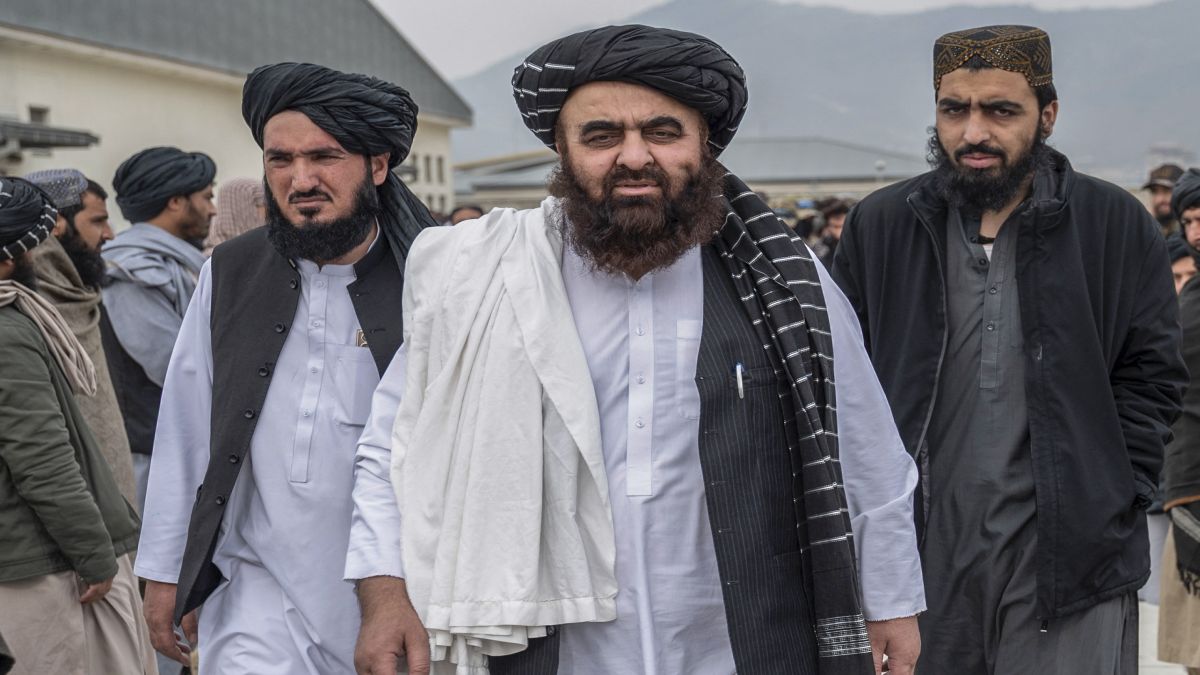)
)
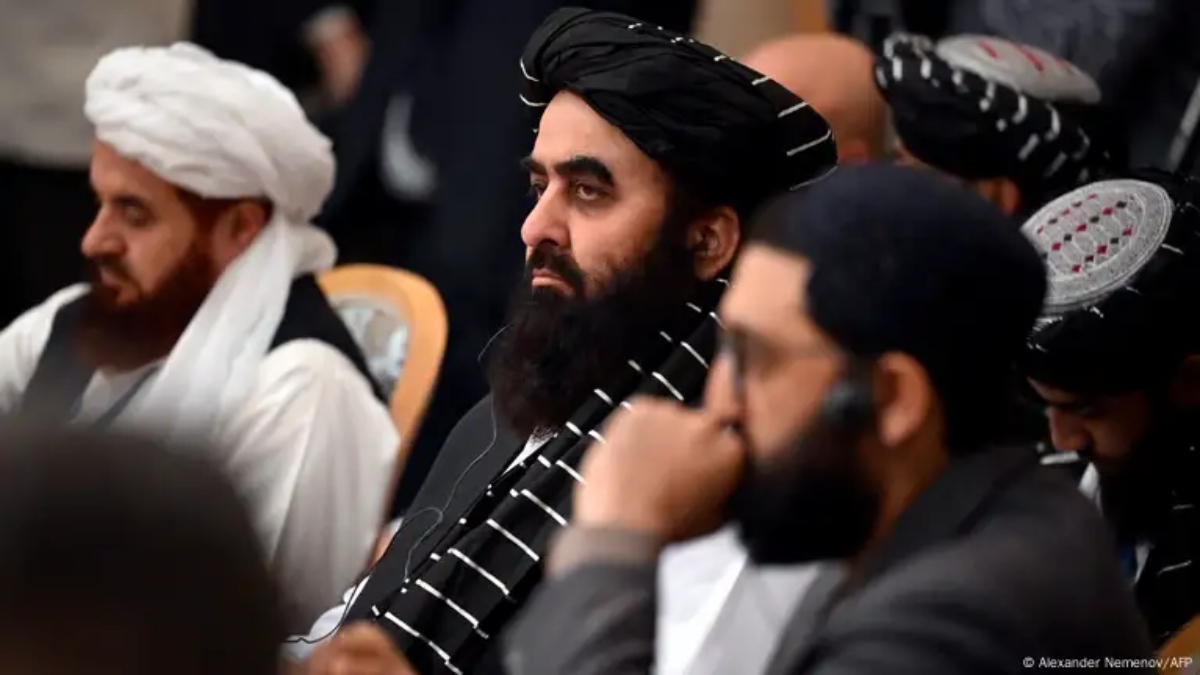)
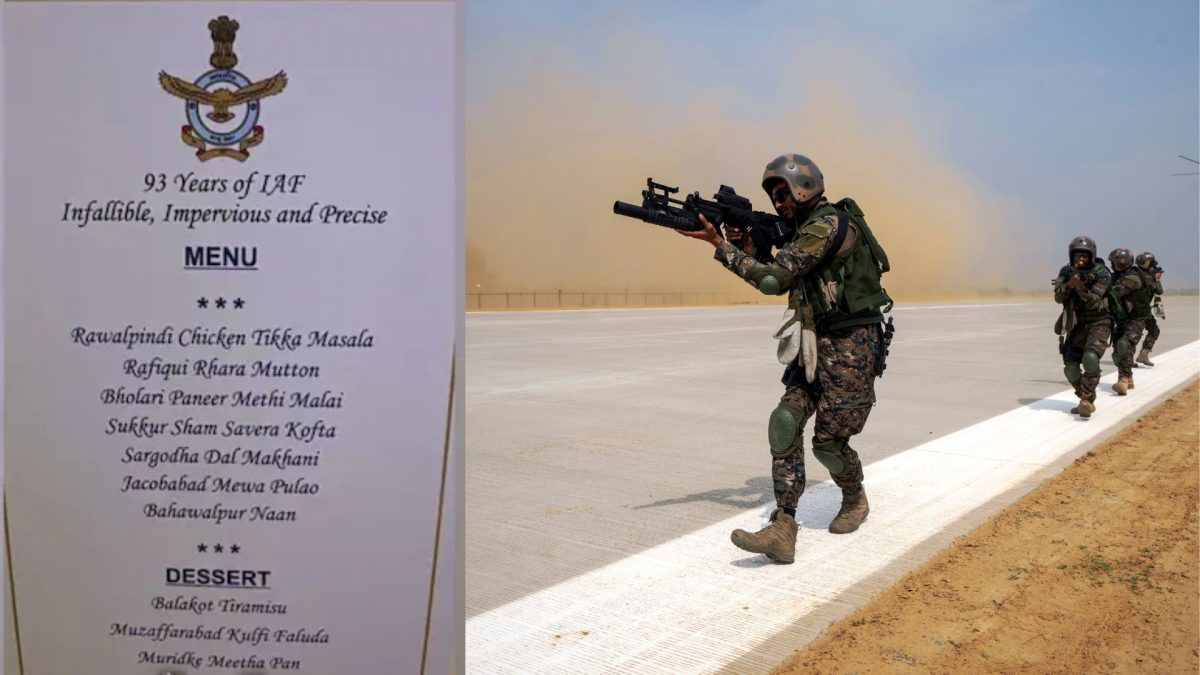)
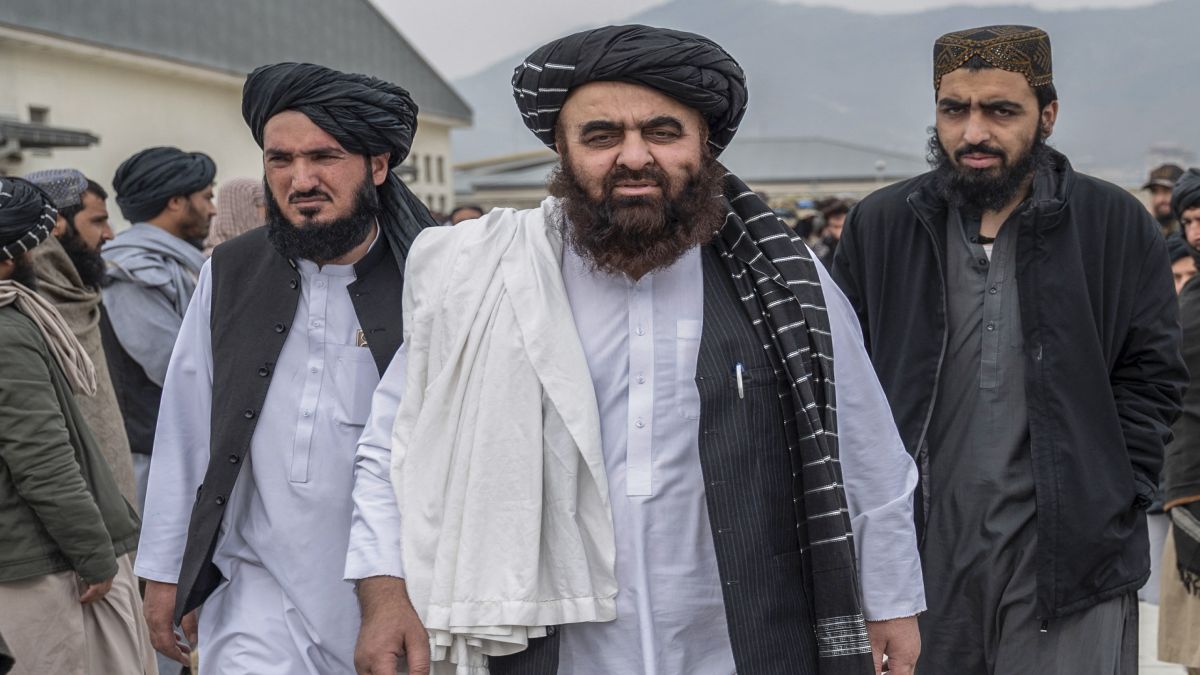)
)
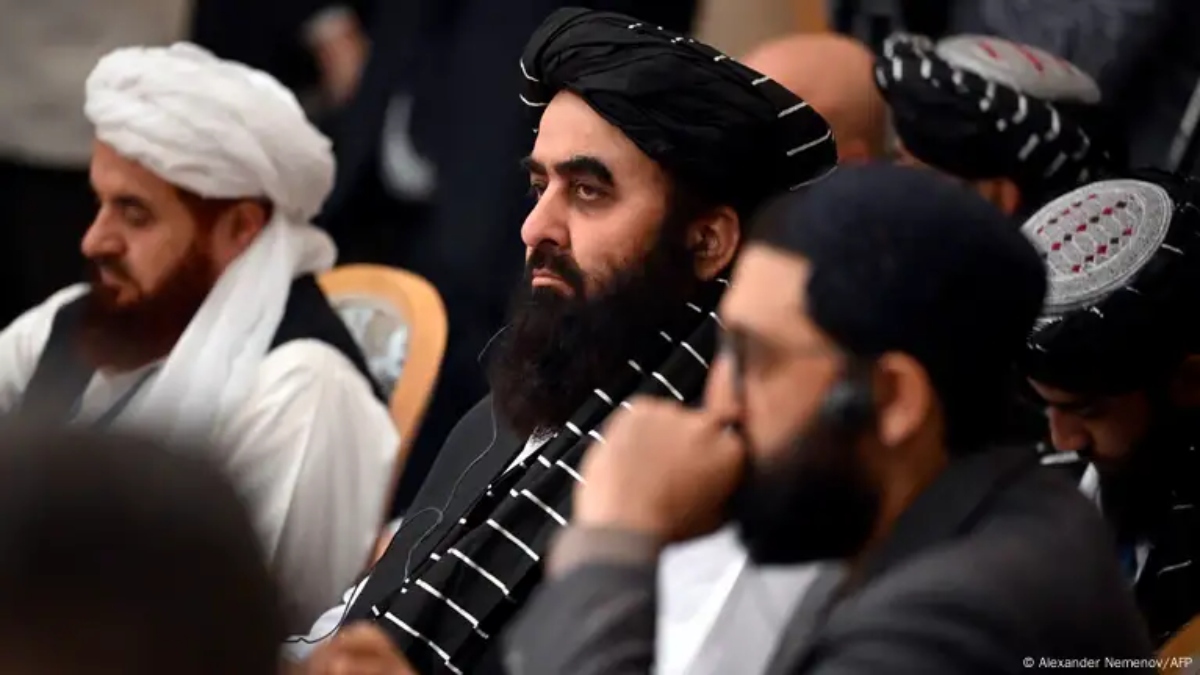)
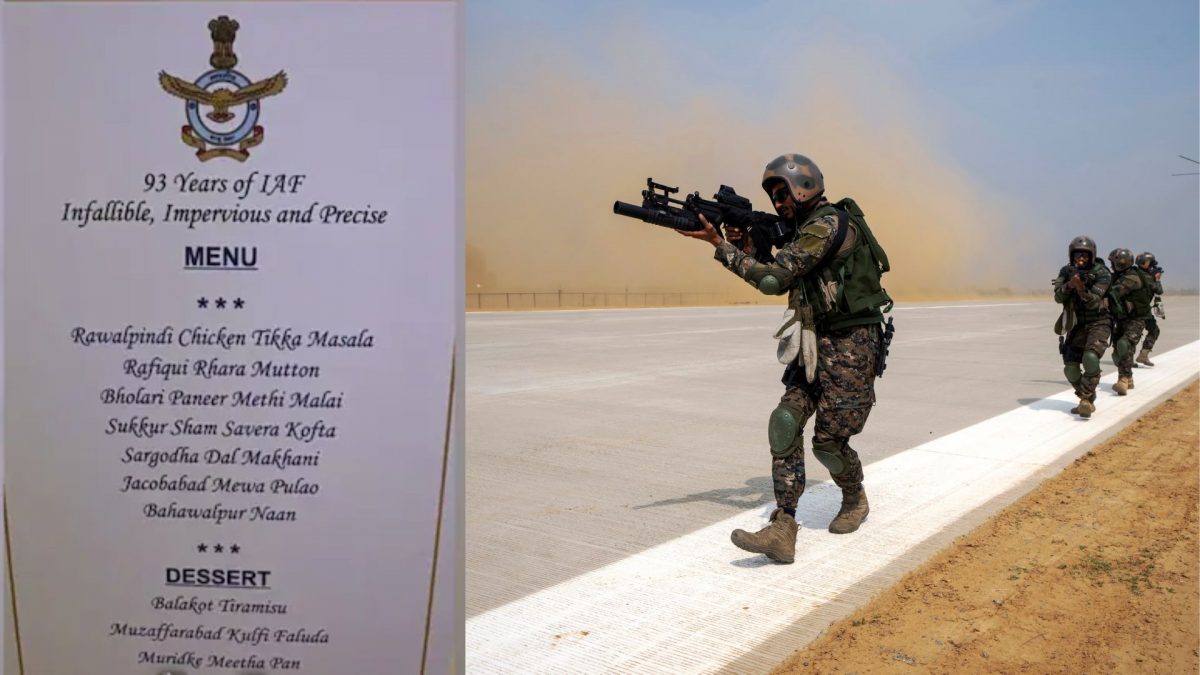)



